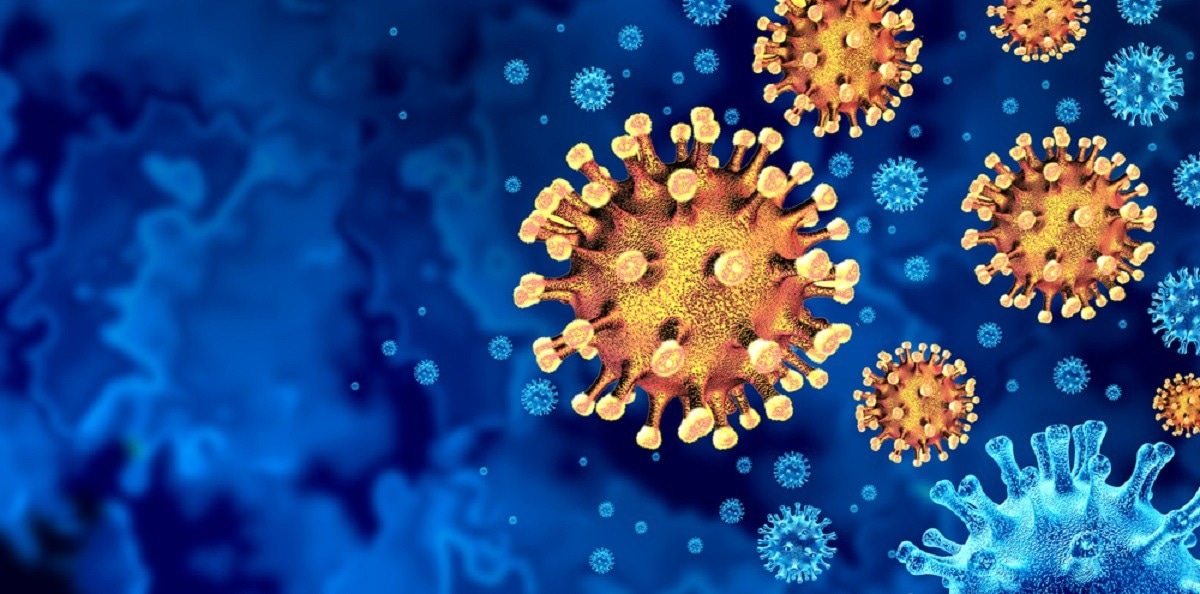In a recent study published in Transplant Infectious Disease, researchers evaluated viral mutations in two patients with persistent severe acute respiratory syndrome coronavirus 2 (SARS-CoV-2) infection.
 Study: De novo emergence of SARS-CoV-2 spike mutations in immunosuppressed patients. Image Credit: Lightspring/Shutterstock
Study: De novo emergence of SARS-CoV-2 spike mutations in immunosuppressed patients. Image Credit: Lightspring/Shutterstock
Background
Mutations in SARS-CoV-2 have been associated with enhanced transmissibility, immune escape, resistance to therapeutics, and impaired diagnostic detection. Several SARS-CoV-2 variants of concern (VOCs) share identical non-synonymous substitutions despite descending from different lineages.
Understanding the mechanisms underlying VOC emergence is critical to developing strategies to prevent further expansion. It has been hypothesized that the emergence of VOCs is due to the accumulation of genetic modifications enhancing viral fitness in those with persistent infection.
About the study
The present study described two immunosuppressed cases with prolonged SARS-CoV-2 infection. Residual nasopharyngeal swabs and whole blood samples were collected from each patient. Viral nucleic acids were isolated from nasopharyngeal samples and tested by quantitative reverse-transcription polymerase chain reaction (qRT-PCR). Whole-genome sequencing of the viral RNA and phylogenetic and diversity analysis were performed.
Antibody titers for spike N-terminal (NTD) and receptor-binding (RBD) domains were quantitated using enzyme-linked immunosorbent assays (ELISA). Anti-RBD (CR3022) and -NTD (SPD-M121) antibodies were used to generate standard curves. Site-directed mutagenesis was performed using oligonucleotides containing E484K/Q and del241-248 mutations.
Spike expression constructs containing the E484K/Q substitution with and without the deletion were used to create HIV-based luciferase reporter pseudoviruses. Spike-pseudotyped viruses were used for cell entry and neutralization assays. HeLa-ACE2 cells were challenged with pseudoviruses at multiple dilutions for cell entry assays. Similarly, neutralization assays were performed, but cells were pre-incubated with serially diluted serum samples.
One patient (A), aged 64, was diagnosed with mantle cell lymphoma in 2017 and underwent hematopoietic stem cell transplantation in August 2020. The patient received the first BNT162b2 vaccine dose in December 2020 and developed a cough and fever five days later. The subject tested positive for SARS-CoV-2 on January 6, 2021. The patient was subsequently hospitalized with radiologic and clinical progression. The subject developed acute respiratory distress syndrome (ARDS) and died seven months after coronavirus disease 2019 (COVID-19) diagnosis.
The second patient (B) was 48 years old and diagnosed in March 2019 with chronic lymphocytic leukemia with Richter’s transformation. The patient tested SARS-CoV-2-positive on March 4, 2021, and negative on April 26, 2021. However, mild symptoms lingered until June 2021, prompting further evaluation. Subsequently, the patient was SARS-CoV-2-positive, hospitalized on June 25, 2021, and discharged on July 4, 2021, upon complete resolution of clinical symptoms. The patient was non-vaccinated throughout the study period.
Findings
Each patient had been tested for SARS-CoV-2 multiple times during hospitalization. Patient A tested positive for SARS-CoV-2 on all nine PCR tests over 130 days. Patient B was positive twice (out of five tests) over 117 days. Five positive specimens from patient A and two from patient B were sequenced. The consensus sequence for patient A mapped to clade 20B, while it mapped to 20G for patient B.
Patient A had ongoing symptoms and tested SARS-CoV-2-positive consistently, with the same 20B sub-lineage each time. Patient B showed transient improvements in symptoms coincident with the negative PCR result, albeit the respiratory symptoms were persistent. Similarly, infection was with the same 20G sub-lineage at each time point. Although consensus sequences were mapped to the same sub-lineage, de novo mutations emerged throughout the illness, and several became dominant later.
Further, the team also observed that intra-host diversity increased over time. A seven-amino acid deletion (241-248) and a three amino acid deletion (241-243) in the spike protein were prevalent in patient A. Notably, the Beta variant also harbors the 241-243 deletion. The E484Q substitution, observed in the Kappa variant, was also noted in the viral isolate from patient A. In contrast, the viral isolate from patient B developed E484K substitution, documented in Beta and Gamma variants.
Each patient received bamlanivimab, a monoclonal antibody, initially during treatment. Patient A had detectable anti-NTD antibodies but not anti-RBD antibodies. Patient B had no detectable antibodies against RBD or NTD. Because del241-243 and E484K have been previously associated with antibody evasion, the authors determined whether other mutations detected in the patients’ isolates exhibited similar phenotypes.
They found that each mutation negatively affected viral fusion; although E484Q/K substitutions caused a minor impact, deletion was associated with a much larger dominant impairment. In the neutralization assay using patient A’s serum samples, the double mutant pseudovirus (E484Q and del241-248) was highly resistant to neutralization than single mutants.
Conclusions
The study observed de novo emergence of mutations in the SARS-CoV-2 spike protein in two immunosuppressed patients with prolonged SARS-CoV-2 infection. Only one patient had antibodies against spike NTD in blood. Several mutations were previously identified in VOCs. These mutations reduced cell entry efficiency and enhanced resistance to neutralization.
Overall, these findings suggested that persistent infection in immunosuppressed hosts could apply selective pressure leading to improved viral fitness. Further studies are required to characterize and predict SARS-CoV-2 evolution.